The forex market is the largest and most liquid financial market in the world, with trillions of dollars being traded daily. The popularity of automated trading systems in the forex market, often known as forex trading robots or algorithms, has increased recently as a result of technological improvements.
These programs assess market circumstances, and spot trading opportunities, and automatically place trades on behalf of traders using computer algorithms and mathematical models. This article offers a thorough analysis of forex trading robots and algorithms, examining their features, advantages, drawbacks, and effects on the foreign exchange market.
Also Read: Forex Robot – Do they work?
Algorithms and Robots for Forex Trading: An Overview
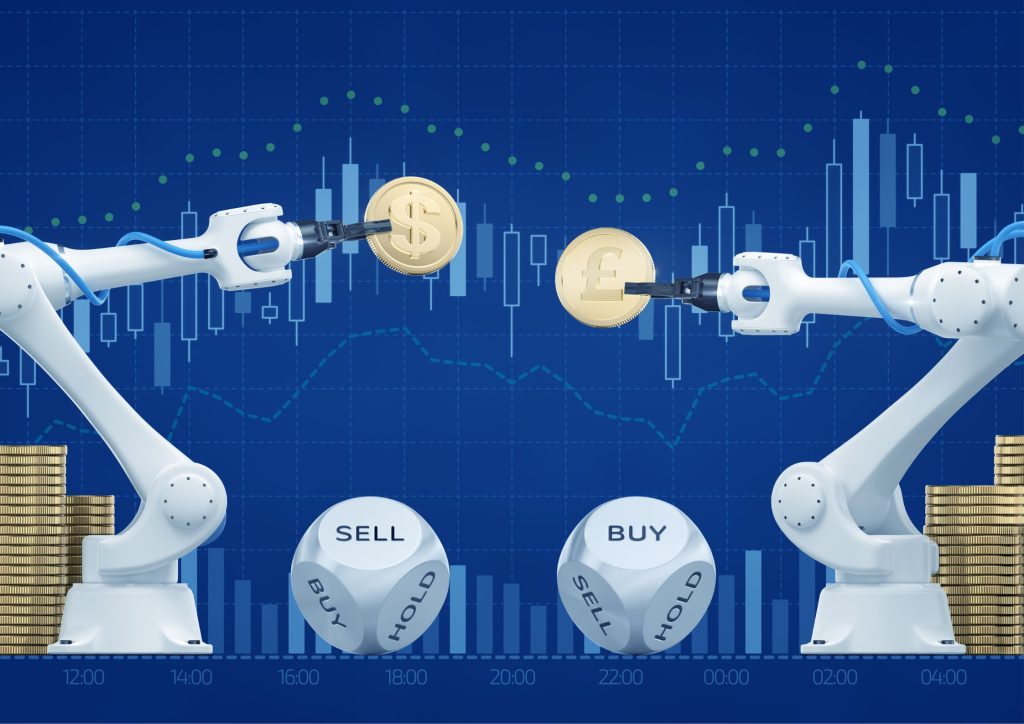
Expert advisors (EAs), commonly referred to as forex trading robots, are computer programs created to evaluate market circumstances, and spot trading opportunities, and carry out trades automatically in the forex market.
These robots base their trading judgments on predetermined rules and algorithms. Fundamental analysis, a variety of technical indicators, or a mix of both may serve as the foundation for the algorithms.
Automated trading systems often work in conjunction with trading platforms like MetaTrader and rely on real-time data streams to function. The robot’s settings can be changed by traders, including the trading strategy, risk tolerance, and trade execution guidelines.
Once the system is running, it continuously analyzes the market for prospective trades, recognizes them, and then executes them in accordance with the pre-set rules.
Types of Forex Trading Robots
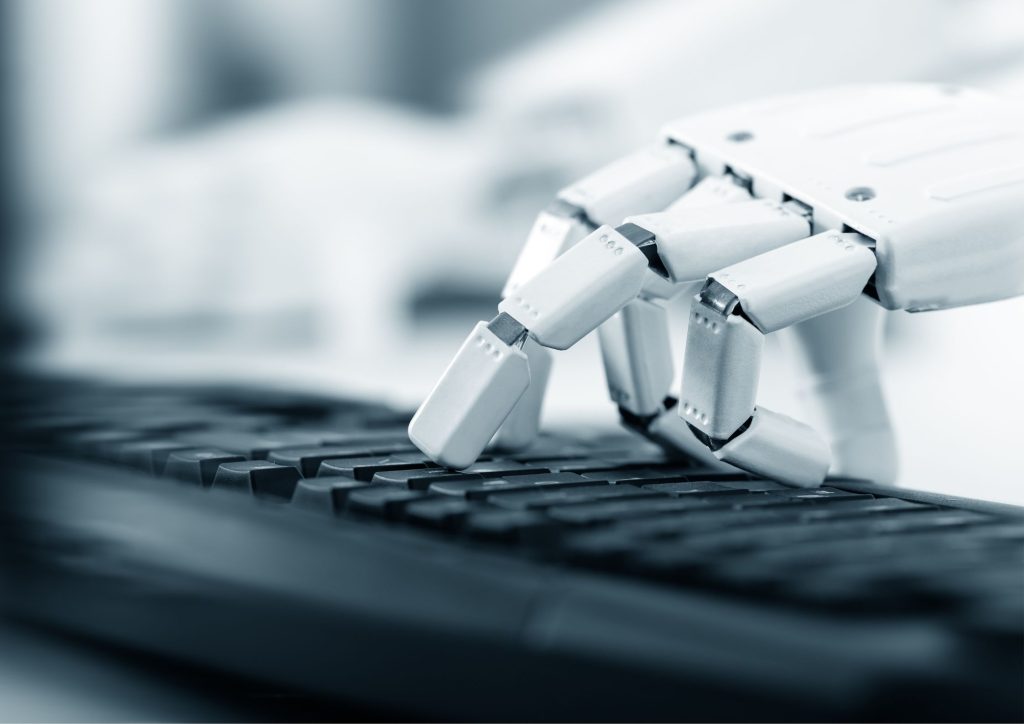
Trend-Following Robots
These robots identify and follow trends in the forex market, aiming to capture profits from sustained price movements. They typically utilize indicators such as moving averages, trendlines, and momentum oscillators to identify and enter trades in the direction of the prevailing trend.
Range-Bound Robots
These robots are designed to operate in sideways or range-bound market conditions. They aim to identify price levels of support and resistance and execute trades when the price bounces off these levels. Range-bound robots often use indicators such as Bollinger Bands and oscillators like the Relative Strength Index (RSI) to identify overbought and oversold conditions within the range.
Breakout Robots
Breakout robots aim to capture profits from significant price movements that occur when the price breaks out of a defined range or consolidation phase. They monitor price patterns and key levels, waiting for a breakout to occur, and then enter trades in the direction of the breakout. Breakout robots may use indicators like the Average True Range (ATR) to identify periods of low volatility that often precede breakouts.
Benefits of Automated Trading Systems

Automated trading systems offer a range of benefits that have contributed to their popularity among forex traders. Expounding on these benefits further enhances the understanding of why traders choose to utilize automated trading systems. Here are some key benefits to consider:
Emotion-Free Trading
One of the primary advantages of automated trading systems is the elimination of emotional biases from trading decisions. Emotions such as fear, greed, and impatience can often cloud judgment and lead to irrational trading choices. Trading robots strictly adhere to predefined rules and parameters, ensuring that trades are executed based on objective criteria rather than emotional impulses. This helps to reduce the impact of human biases and enhances consistency in trading.
Increased Efficiency and Speed
Automated trading systems operate with remarkable speed and efficiency. They can instantly analyze market conditions, identify trading opportunities, and execute trades in a matter of milliseconds. This rapid response time is crucial in the fast-paced forex market where price movements can occur swiftly. Automated systems ensure timely trade execution and help traders capitalize on favorable market conditions without delay.
24/7 Market Monitoring
The forex market operates around the clock, spanning different time zones and international markets. Monitoring the market continuously can be challenging for individual traders, especially when considering sleep or other commitments. Automated trading systems solve this problem by providing 24/7 market monitoring. These systems can scan the market, identify trading signals, and execute trades even when the trader is not actively present. This allows traders to take advantage of trading opportunities regardless of their geographical location or time constraints.
Diversification and Multi-Market Trading
Trading robots can simultaneously monitor and trade multiple currency pairs or markets, enabling traders to diversify their portfolios and reduce risk. They can analyze and execute trades across various markets and instruments simultaneously, based on predefined strategies and indicators. This diversification helps spread risk and can potentially enhance profitability by capturing opportunities in different market conditions.
Backtesting and Strategy Optimization
Automated trading systems can be backtested using historical data to assess their performance under various market conditions. Traders can evaluate the profitability and robustness of their strategies before deploying them in live trading. Additionally, trading robots allow for strategy optimization by fine-tuning parameters and indicators to maximize returns. This iterative process helps traders identify and refine effective trading strategies.
Disciplined Risk Management
Effective risk management is essential for long-term trading success. Automated trading systems allow traders to implement precise risk management strategies consistently. Position sizing algorithms can calculate the appropriate lot size or risk percentage for each trade based on account size and risk tolerance. Additionally, stop-loss and take-profit levels can be set to automatically manage risk and protect profits. These risk management features help traders maintain discipline and avoid emotional decision-making.
Overcoming Human Limitations
Human traders have inherent limitations, such as the inability to monitor multiple markets simultaneously, process vast amounts of data quickly, or execute trades with precision timing. Automated trading systems overcome these limitations by leveraging computing power, algorithmic analysis, and speed. They can scan multiple markets, analyze numerous indicators, and execute trades with accuracy and efficiency, overcoming the limitations of human capabilities.
Limitations and Risks
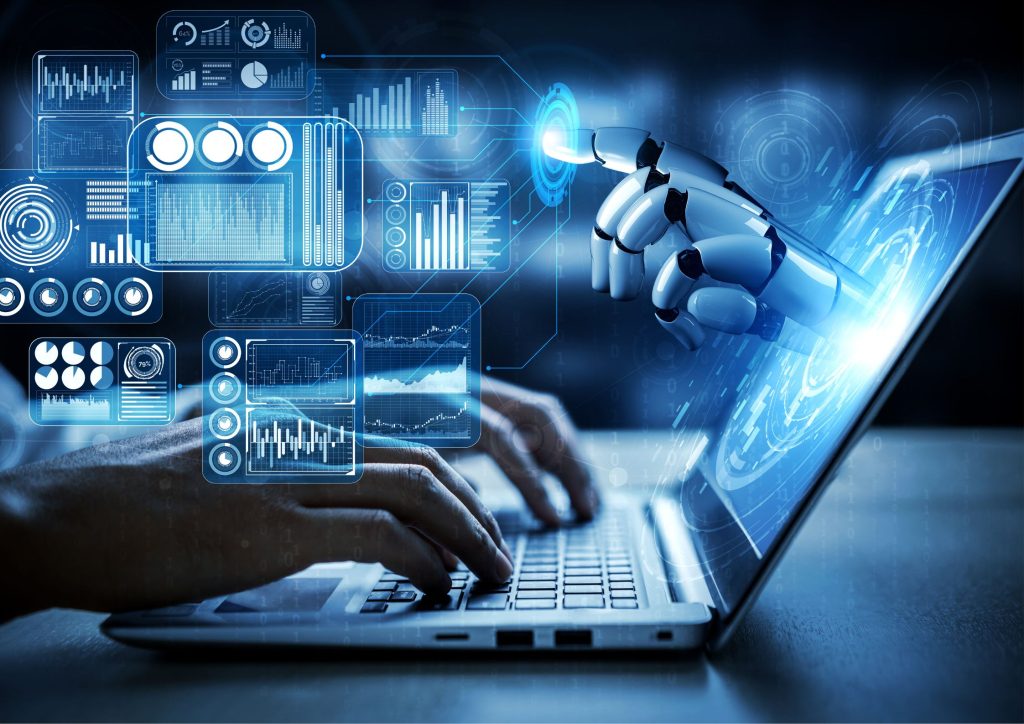
While automated trading systems offer numerous benefits, it is important to be aware of their limitations and associated risks. Understanding these factors helps traders make informed decisions and implement appropriate risk management measures. Let’s expound on the limitations and risks of automated trading systems:
Technical Failures
Automated trading systems rely on technology, and as with any technology, there is a risk of technical failures. Power outages, internet connectivity issues, hardware malfunctions, or software glitches can disrupt the operation of trading robots and lead to missed trades or erroneous executions. Traders should have backup plans in place and monitor their systems to promptly address any technical issues.
Over-Optimization
While backtesting and optimizing strategies are important, there is a risk of over-optimization, also known as “curve-fitting.” Over-optimization occurs when a strategy is excessively tailored to historical data, resulting in a system that performs exceptionally well in the past but fails to adapt to new market conditions. Traders should strike a balance between optimizing strategies and ensuring their robustness and adaptability in real-time trading.
Market Conditions
Automated trading systems are designed based on specific market conditions and assumptions. They may perform well in certain market environments but struggle in others. For example, a trend-following robot may struggle in a range-bound market. Traders need to regularly evaluate their systems and ensure they are suitable for prevailing market conditions. Adapting strategies or employing different robots may be necessary to maintain performance in changing market dynamics.
Data Quality and Delays
The accuracy and reliability of market data are crucial for automated trading systems. Poor-quality data or delays in receiving data can lead to inaccurate analysis and execution. Traders should ensure they have access to reliable data sources and consider the impact of data delays on their trading strategies, especially in fast-moving markets.
Systematic Errors and Programming Flaws
Programming errors or flaws in the logic of trading algorithms can lead to unintended consequences. Bugs or miscalculations within the code can result in incorrect trade entries, exits, or risk management parameters. Thorough testing, debugging, and regular code reviews are essential to minimize the risk of systematic errors.
Dependency on Historical Data
Backtesting and optimization rely on historical data to assess the performance of trading systems. However, historical data may not accurately represent future market conditions, and past performance is not indicative of future results. Traders should exercise caution and consider the limitations of historical data when evaluating the potential performance of their automated trading systems.
System Hacking and Cybersecurity Risks
As trading systems become more interconnected and reliant on the internet, the risk of system hacking and cybersecurity breaches increases. Unauthorized access to trading accounts or manipulation of trading algorithms can result in significant financial losses. Traders should implement robust cybersecurity measures, such as using secure networks, strong passwords, and two-factor authentication, to mitigate these risks.
Strategy Degradation and Adaptability
Market dynamics evolve over time, and a strategy that was once profitable may lose effectiveness. Strategies may suffer from “strategy degradation,” where their edge diminishes as more traders adopt similar approaches. Traders need to continuously monitor the performance of their trading systems and be prepared to adapt or replace strategies that are no longer generating consistent profits.
Regulation and Ethical Considerations

Regulation and ethical considerations play a crucial role in the use of automated trading systems. As technology continues to advance and algorithmic trading becomes more prevalent, regulatory authorities are increasingly focused on ensuring fair and transparent market practices.
Regulatory Frameworks
Various regulatory bodies, such as financial authorities and exchanges, establish frameworks to govern algorithmic trading activities. These regulations aim to promote market integrity, prevent market manipulation, and protect investors. Traders utilizing automated trading systems must familiarize themselves with the relevant regulations in their jurisdiction and ensure compliance with the prescribed rules and guidelines
Pre-Trade Risk Controls
Regulatory frameworks often require the implementation of pre-trade risk controls to manage the potential risks associated with automated trading. These controls include mechanisms such as maximum order limits, price collars, and circuit breakers to prevent excessive volatility or erroneous trades. Traders should implement robust risk management measures and incorporate these controls into their automated trading systems.
Market Manipulation and Front-Running
Traders must be mindful of ethical considerations and avoid engaging in market manipulation or front-running practices. Market manipulation involves artificially influencing prices or creating false market activity, while front-running refers to the unethical practice of executing trades ahead of known orders to exploit anticipated price movements. Automated trading systems should be programmed to adhere to fair and transparent trading practices.
Data Integrity and Confidentiality
Traders utilizing automated trading systems must ensure the integrity and confidentiality of market data. It is essential to protect sensitive information, such as trading strategies, algorithms, and order flow, from unauthorized access or manipulation. Implementing robust cybersecurity measures and utilizing secure networks and encryption techniques can help safeguard data integrity and maintain confidentiality.
Transparent Trading Practices
Transparency is a crucial aspect of ethical trading. Traders should aim to provide accurate and timely information, particularly when executing trades through automated systems. Transparency helps build trust among market participants and contributes to a fair and efficient trading environment. Traders should ensure that their automated trading systems are transparent in terms of order execution, pricing, and reporting.
Impact on Market Liquidity
Automated trading systems, particularly high-frequency trading algorithms, have the potential to impact market liquidity. Rapid order placement and cancellation can contribute to increased volatility or reduced liquidity in certain market conditions. Traders should consider the potential impact of their trading activities and ensure that their strategies contribute to market stability and fairness.
Ethical Use of Trading Strategies
Traders should exercise ethical judgment when developing and deploying trading strategies through automated systems. Strategies that exploit market inefficiencies or engage in predatory practices may be detrimental to market integrity. It is essential to consider the broader implications of trading strategies and ensure that they align with ethical standards and principles.
Regulatory Compliance and Reporting
Traders utilizing automated trading systems must comply with reporting requirements set forth by regulatory authorities. These requirements often include periodic reporting of trading activities, risk exposures, and compliance with specific rules or thresholds. Traders should maintain accurate records and ensure timely and accurate reporting to regulatory authorities.
Considerations for Developing Custom Forex Trading Robots
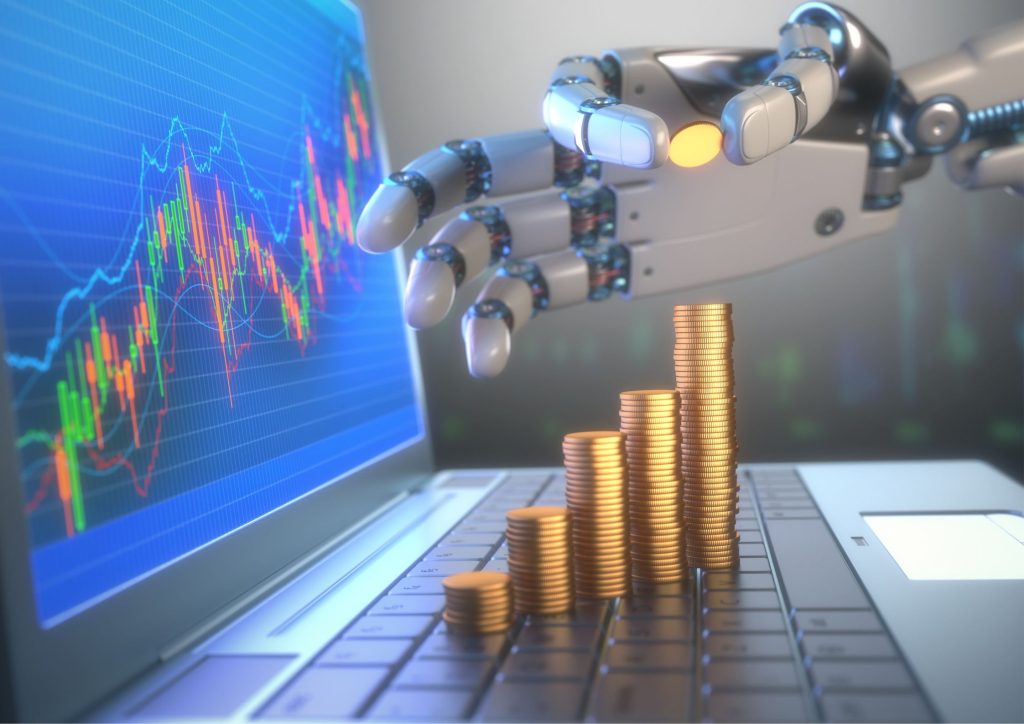
Developing custom forex trading robots requires careful consideration and planning to ensure the effectiveness and reliability of the automated system.
Programming Languages and Platforms
Traders interested in developing their own forex trading robots need to choose a programming language suitable for algorithmic trading, such as Python or MQL (MetaQuotes Language). They also need to select a compatible trading platform, such as MetaTrader, to deploy their custom robots.
Strategy Development and Testing
Developing a robust trading strategy is essential for custom forex trading robots. Traders should thoroughly backtest their strategies using historical data and optimize them to achieve desired performance. Rigorous testing ensures that the strategy can adapt to different market conditions and exhibit consistent results.
Integration with Market Data Feeds
Custom trading robots require access to real-time market data to make informed trading decisions. Traders need to ensure seamless integration of their robots with reliable data feeds, such as APIs provided by brokers or third-party data providers.
Social Trading and Copy Trading Platforms
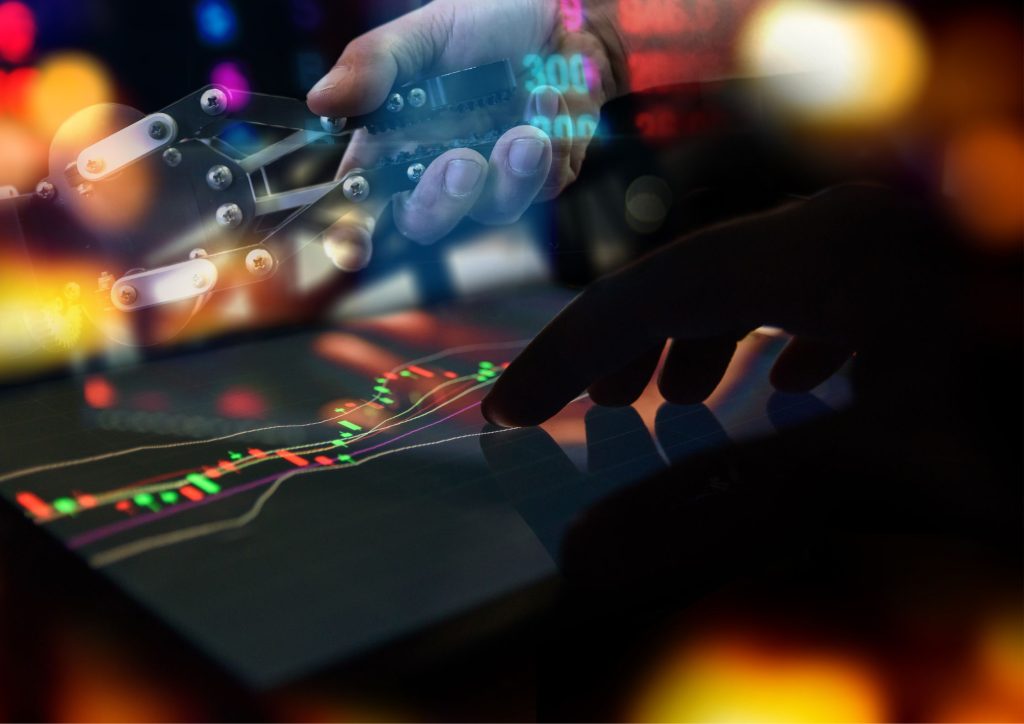
Social trading and copy trading platforms have gained popularity in recent years, revolutionizing the way traders interact and participate in the financial markets.
Overview of Social Trading
Social trading platforms allow traders to connect, share, and copy the trades of successful traders. These platforms facilitate the exchange of trading ideas, strategies, and performance statistics, enabling less-experienced traders to benefit from the expertise of more seasoned traders.
Copy Trading Functionality
Copy trading enables users to automatically replicate the trades executed by selected traders in their own trading accounts. Forex trading robots can be utilized to execute the copied trades, ensuring timely and accurate replication of trading signals.
Benefits and Risks of Social and Copy Trading
Social trading platforms provide access to a wealth of trading knowledge and potentially profitable strategies. However, it is important to carefully evaluate the performance and risk profile of the traders being copied. Traders should also consider the fees, terms, and conditions associated with using social and copy trading platforms.
Monitoring and Maintenance of Forex Trading Robots
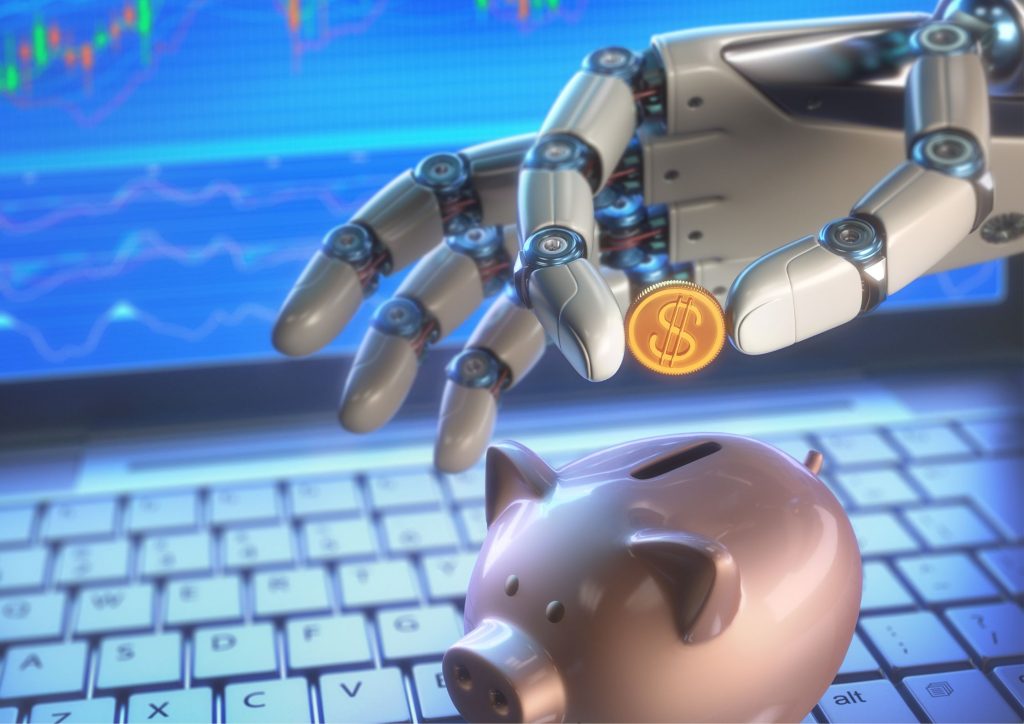
Monitoring and maintenance are crucial aspects of managing forex trading robots to ensure their optimal performance and adaptability to changing market conditions.
Regular Performance Evaluation
Traders should regularly evaluate the performance of their trading robots to assess their effectiveness and profitability. This involves analyzing key performance metrics such as the win rate, average profit/loss per trade, drawdowns, and risk-adjusted returns. By monitoring performance, traders can identify areas for improvement, make necessary adjustments, and optimize their trading strategies.
Real-time Market Monitoring
Forex markets are dynamic and can experience rapid price movements. Traders need to monitor market conditions in real-time to ensure that their trading robots are adapting to the changing environment. This involves keeping track of economic news, market trends, and technical indicators to make informed decisions regarding the robot’s settings or potential intervention.
Risk Management and Capital Allocation
Effective risk management is essential when using forex trading robots. Traders should monitor the risk exposure of their robots and adjust position sizes and risk parameters accordingly. Regularly reviewing risk management practices helps protect capital and maintain a consistent risk-reward ratio.
System Maintenance and Updates
Like any software, forex trading robots require regular maintenance and updates. Traders should keep their trading platforms, software, and data feeds up to date to ensure proper functionality and data accuracy. It is important to monitor for any software bugs, compatibility issues, or technical glitches that may affect the performance of the trading robot.
Adaptability to Market Conditions
Market conditions can change, and trading strategies that were once successful may become less effective. Traders should regularly assess whether their trading robots are adapting to evolving market dynamics. This may involve adjusting parameters, incorporating new indicators, or even developing entirely new trading strategies to maintain profitability.
Backtesting and Optimization
Ongoing backtesting and optimization are crucial for the maintenance of forex trading robots. Traders should periodically reassess their trading strategies using historical data to ensure their continued relevance and profitability. By identifying weaknesses or opportunities for improvement through backtesting, traders can refine their trading robots and enhance their performance.
Monitoring Execution and Order Management
It is important to monitor the execution of trades generated by the trading robot. Traders should ensure that orders are being executed accurately and efficiently, without delays or errors. Monitoring order management includes reviewing trade confirmations, checking for order slippage, and ensuring proper trade allocation.
Regular Performance Reporting
Traders should maintain comprehensive performance reports for their forex trading robots. These reports should include trade history, performance metrics, risk metrics, and other relevant statistics. Regularly reviewing performance reports helps identify patterns, assess the impact of changes, and make data-driven decisions to improve the robot’s performance.
Market Disruptions and News Events
Major news events or market disruptions can have a significant impact on forex markets. Traders should monitor such events and be prepared to intervene or temporarily deactivate their trading robots if necessary. Sudden volatility, liquidity gaps, or unexpected market reactions may require manual intervention to protect capital.
Psychological Challenges in Automated Trading

Automated trading can offer numerous benefits, but it also presents psychological challenges that traders need to be aware of and manage effectively.
- Emotional Detachment: One of the primary advantages of automated trading is the removal of emotional decision-making from the trading process. However, traders may still struggle with emotional detachment, especially during periods of significant market volatility or when experiencing a series of losing trades. It is important for traders to trust their automated systems and avoid interfering with trades based on emotional reactions.
- Lack of Control: Automated trading involves relinquishing control to the trading algorithm or robot. Some traders may find it challenging to cope with the lack of control over trade execution and decision-making. This can lead to feelings of anxiety or a desire to constantly monitor and intervene in the trading process. It is essential for traders to have confidence in the capabilities of their automated systems and trust in the pre-defined rules and strategies.
- Over-Reliance on Technology: While technology can enhance trading efficiency, over-reliance on automated systems can be a psychological challenge. Traders may become overly dependent on their robots, neglecting to develop their own trading skills and market knowledge. It is crucial for traders to strike a balance between utilizing automated systems and maintaining a solid understanding of market dynamics and fundamental analysis.
- Patience and Discipline: Automated trading requires patience and discipline, especially during periods of market consolidation or when trades are not executed as frequently as desired. Traders may feel the urge to override the system or make impulsive manual trades, undermining the effectiveness of the automated strategy. Developing patience and discipline is essential to allow the trading robot to execute trades according to the defined rules and strategies.
- Performance Evaluation and Trust: Traders may experience psychological challenges when evaluating the performance of their automated systems. During drawdown periods or when facing consecutive losing trades, doubts and questions about the effectiveness of the system may arise. It is important to conduct objective performance evaluations, focusing on long-term results rather than short-term fluctuations, and to maintain trust in the trading strategy.
- Technical Glitches and System Failures: Automated trading relies on technology, and technical glitches or system failures can occur. Traders may experience stress and anxiety when encountering such issues, especially during critical market conditions. It is important to have contingency plans in place, such as backup systems or alternative trading strategies, to mitigate the impact of technical failures.
- Adaptability and Flexibility: Market conditions can change, and automated trading systems may require adjustments or updates to remain effective. Traders may find it challenging to adapt their systems to new market conditions or to modify existing strategies. Maintaining a mindset of flexibility and adaptability is crucial to ensure the continued success of automated trading.
- Dealing with Unexpected Market Events: Automated trading systems may encounter challenges during unexpected market events, such as flash crashes or geopolitical developments. Traders may feel the psychological pressure to intervene or deactivate their systems to avoid potential losses. It is important to establish risk management protocols and to understand the limitations of automated systems during extreme market conditions.
Impact on the Forex Market
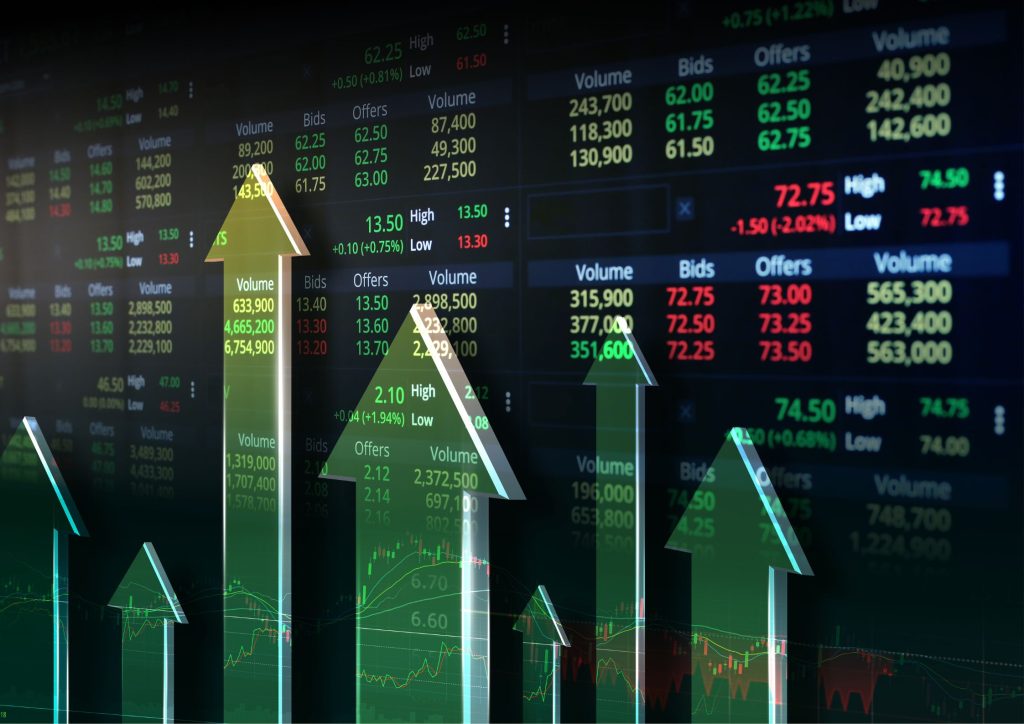
The increasing popularity of forex trading robots has undoubtedly influenced the forex market dynamics. The high-frequency trading strategies employed by these algorithms have contributed to increased liquidity and tighter spreads. Automated systems’ ability to execute trades within milliseconds has also raised concerns about market manipulation and front-running practices.
Regulatory authorities have responded to these concerns by implementing measures to monitor and regulate algorithmic trading activities. They aim to ensure fair and transparent market practices while safeguarding market integrity.
Evaluating and Selecting Forex Trading Robots

Evaluating and selecting forex trading robots is a critical process that requires careful consideration and analysis. With a wide range of automated trading systems available in the market, traders need to assess various factors to identify suitable robot for their trading needs.
- Performance Metrics: When selecting a forex trading robot, traders should consider performance metrics such as profitability, drawdowns, win rate, and risk-reward ratio. Backtesting results, as well as real-time performance on demo or live accounts, can provide insights into the system’s historical and current performance.
- Strategy Transparency: It is essential to understand the underlying trading strategy of a forex trading robot. Some robots provide transparency by detailing the rules, indicators, and parameters used in the trading algorithm. Traders should choose systems that align with their trading preferences and goals.
- Vendor Reputation and Support: Traders should research and assess the reputation and track record of the vendor or developer offering the trading robot. Reliable vendors provide ongoing support, updates, and documentation to assist traders in utilizing and optimizing their systems effectively.
Also Read: How to Make Money With Automated Forex Trading
Conclusion
Forex trading robots and algorithms have transformed the way traders participate in the forex market. These automated systems offer numerous benefits, such as eliminating emotional biases, increasing efficiency, providing 24/7 market monitoring, and facilitating diversification. However, they also carry inherent risks and limitations that traders should be aware of.
Successful utilization of forex trading robots requires thorough testing, optimization, and ongoing monitoring. Traders should strike a balance between automation and human discretion, combining the strengths of both approaches.
By understanding the capabilities and limitations of automated trading systems, traders can leverage their potential while mitigating risks in the dynamic forex market. Additionally, adherence to regulatory and ethical considerations is essential to ensure fair and transparent market practices.
Frequently Asked Questions
Can I customize the trading strategy of a Forex trading robot?
Some trading robots offer the ability to customize or modify the trading strategy according to individual preferences. This customization may include adjusting parameters, adding or removing indicators, or incorporating specific rules. However, not all trading robots provide customization options, so it is important to check whether customization is possible before selecting a robot.
How do I assess the reliability and security of a trading robot?
When evaluating a trading robot, it is important to consider the reliability and security of the software. Check if the robot is developed by a reputable company or individual with a track record in the industry. Additionally, consider factors such as data security, encryption measures, and the robot’s compatibility with secure trading platforms. Look for any certifications or endorsements that can validate the reliability and security of the robot.
Can I use multiple trading robots simultaneously?
Yes, it is possible to use multiple trading robots simultaneously, either on the same trading platform or across different platforms. Using multiple robots can offer diversification and the opportunity to explore different trading strategies. However, it is important to monitor the performance of each robot and ensure they complement each other rather than creating conflicting trading signals. Proper risk management and coordination among multiple robots are crucial to avoid overtrading or conflicting strategies.



